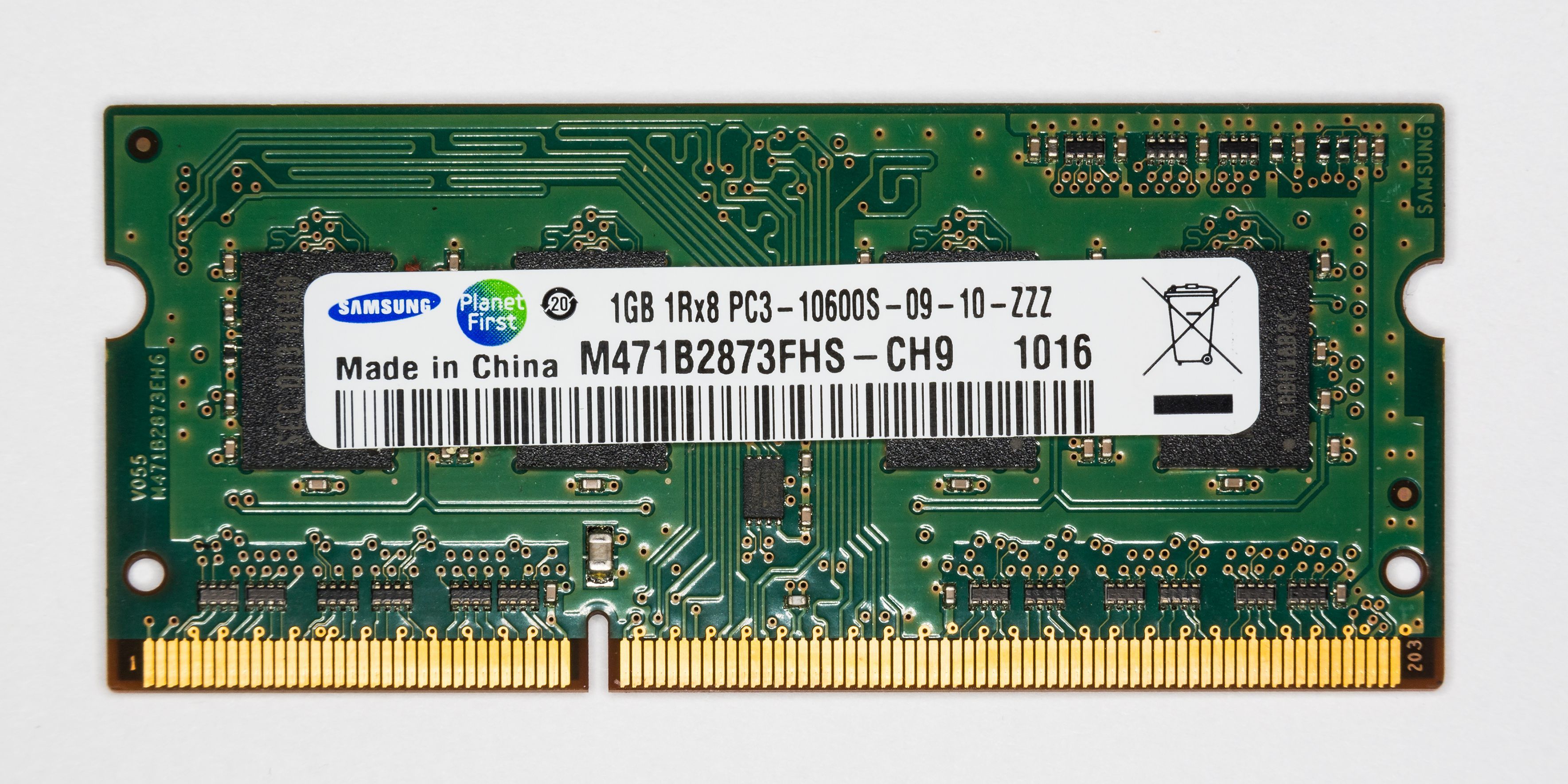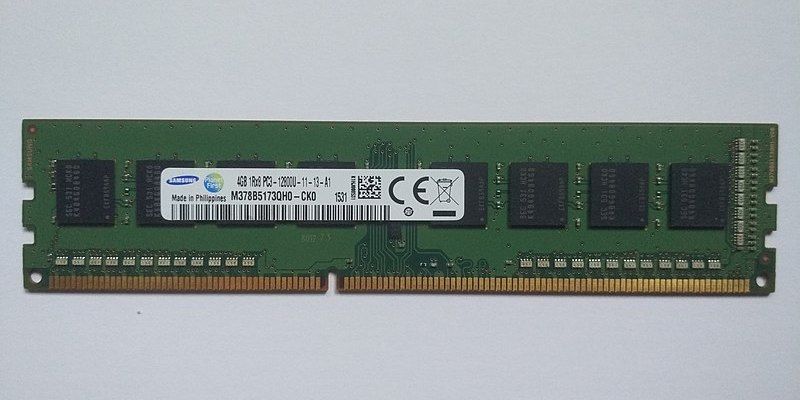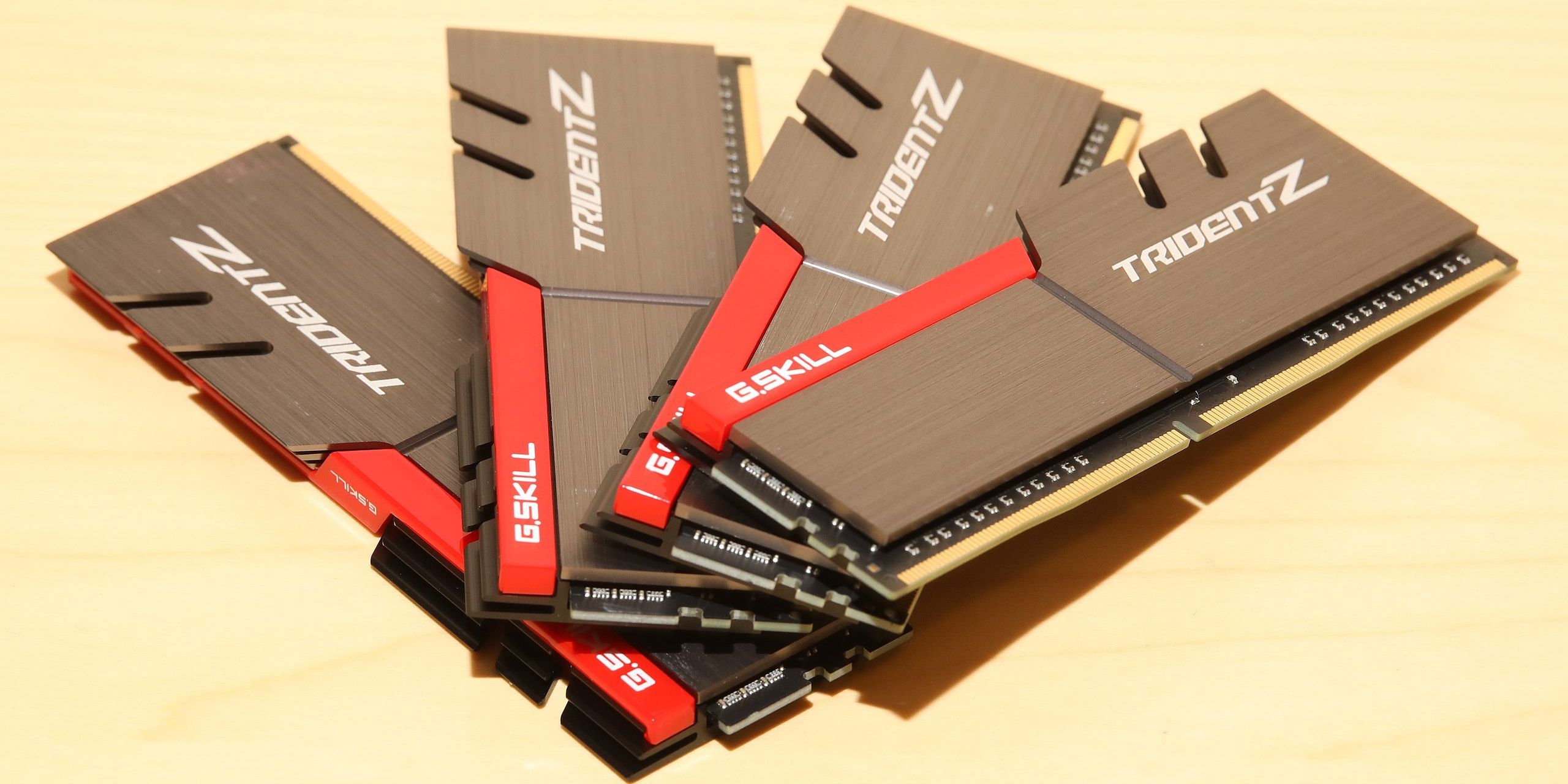So much of our gaming, entertainment, and work-life relies on computers, that regular PC upgrades have become quite a necessity. However, buying an entirely new computer when your old one is perfectly up and running can be a waste. Especially since you can usually upgrade RAM to provide enough of a performance boost to tackle heavier workloads.
When upgrading an older system, RAM and storage are two of the most obvious parts you can change. Since RAM usually provides a more noticeable performance boost, let’s focus on finding the correct RAM for your motherboard.
Laptop (SODIMM) and Desktop (DIMM) RAM
When finding compatible RAM for your computer, one of the first things to consider is whether it’s a laptop or a desktop computer. Both types do have the same essential parts: a CPU, GPU, and RAM. But you should keep in mind that these parts will have different form factors depending on the device.
Laptops will have mobile editions of a desktop’s full-size computer parts. These mobile versions are smaller and use less power. They provide longer battery life and better portability at the expense of performance.
Laptop-compatible RAM is known as SODIMM (Small Outline Dual Input Memory Module). A SODIMM will have significantly lower pin counts than a regular DIMM (Dual Input Memory Module). So if you are planning to change your laptop’s RAM, you should buy SODIMM RAM because regular desktop RAM will not fit your machine’s RAM slot. Just by looking at the size or the component, you’ll easily be able to identify laptop RAM and desktop RAM. A SODIMM RAM looks like this:
If you’re installing RAM on a desktop computer, then a regular DIMM RAM is the way to go. A DIMM RAM looks like this:
DDR Generations
After considering what form factor of RAM to get, you will then need to consider what generation of RAM your motherboard’s RAM slot will accept. DDR is the most common type of RAM used today and is a standard that RAM and motherboard manufacturers must follow. Over time, more advanced generations of DDR have arrived, the latest being DDR5.
Computers today use generations DDR3, DDR4, and DDR5, with DDR4 being the most common and DDR5 as the future. These different RAM generations are not backward compatible, so make sure you buy the type that your motherboard can support.
Luckily, Windows gives you an easy way of finding out what DDR generation your computer is currently using. Fire up your machine and hold Ctrl + Shift + Esc. Once your Windows Task Manager has popped up, click on the Performance tab and select Memory to find out your computer’s DDR generation. You can use a similar process to find out this information on Linux and macOS systems.
If you’re building a computer from scratch, you can simply refer to your motherboard’s spec sheet to find out what type of RAM generation it can run. Or you can use an online tool like PC Part Picker to determine what RAM to get.
RAM Speed
Another thing to consider when buying RAM for your computer is speed. RAM speed is an important measurement of how fast your memory will perform during tasks. RAM speed is a frequency usually measured in MHz (Megahertz). As a rule of thumb, the higher the frequency, the faster the RAM, meaning better performance.
Today’s most common RAM speeds range from 2400 MHz to 4400 MHz. But just because you have the budget for a 4400 MHz RAM stick doesn’t mean your motherboard will support it.
If you know what DDR generation your motherboard supports, you can refer to the table below to find out what RAM frequency it can accept.
|
DDR Generation |
Frequency Range |
|---|---|
|
DDR |
200-400MHz |
|
DDR2 |
400-1000MHz |
|
DDR3 |
800-1600MHz |
|
DDR4 |
2400-4400MHz |
RAM Capacity
At this point, you already have an idea of what type of RAM is compatible with your motherboard. But before running to your nearest shop and buying RAM, you may also want to consider how much you’ll need for your daily use. After all, some tasks require less RAM, and others may need significantly more.
If you’re a writer, student, teacher, or a person who uses a computer to consume media, then 4GB-8GB of RAM may be enough. However, you should still aim for more, to future-proof your device. Software inevitably gets more complex and benefits from more RAM in the future.
If you’re a gamer, 8GB of RAM is usually enough for most eSports games and older triple-A titles. But if you like playing modern games, 16GB of RAM is commonly agreed-upon as the sweet spot for triple-A gaming.
Many people consider 16GB of RAM as the base or budget option for editors, engineers, and designers. It gives just enough performance for a comfortable working experience. Generally, the more RAM you can afford for video editing and CAD, the better. Some would even go as high as 64GB of RAM for serious 4K resolution video edits and complex CAD designs.
Extra Things You Might Want to Remember
Now that you have working RAM compatible with your motherboard, there are still a few small extra details you might want to consider.
Your RAM might be compatible with your motherboard. Still, once you assemble your PC, you might notice that your gigantic CPU cooler is blocking your RAM slots. It is important to also think about clearance when selecting RAM. Remember, some RAM sticks are thicker or taller than others, especially if they come fitted with LED and heat sinks.
Speaking of LED, having RGB is another small consideration. Although it doesn’t help with your performance, many people appreciate the more interesting aesthetic. So if you love having full RGB on your system, it’s your call, but remember that some motherboards might not support RGB control on your RAM sticks. You might want to confirm that by looking at your motherboard’s spec sheet or manual.
Lastly, some motherboards will have two or four RAM slots. Remember to dual-channel your RAM sticks to squeeze every bit of performance out of your RAM. That means having two smaller capacity RAM sticks is better than having one large-capacity RAM stick. So, if you were planning to install 16GB of RAM on your system, having two 8GB sticks of RAM would be better than a single stick of 16GB RAM.
RAM Upgrades: Cheap, Effective, and Easy
When you find the right RAM, it should be a cost-effective upgrade that provides tangible benefits. In particular, working with images, PDFs, or other large files should be more comfortable with more RAM.
Once you’ve got the DIMM or SODIMM that’s perfect for your needs, it’s time to install it. Don’t worry, this is an easy process, but make sure you understand it before you jump in.




